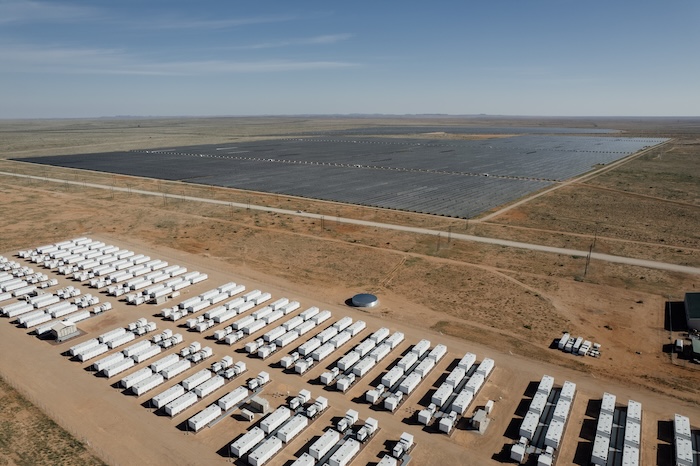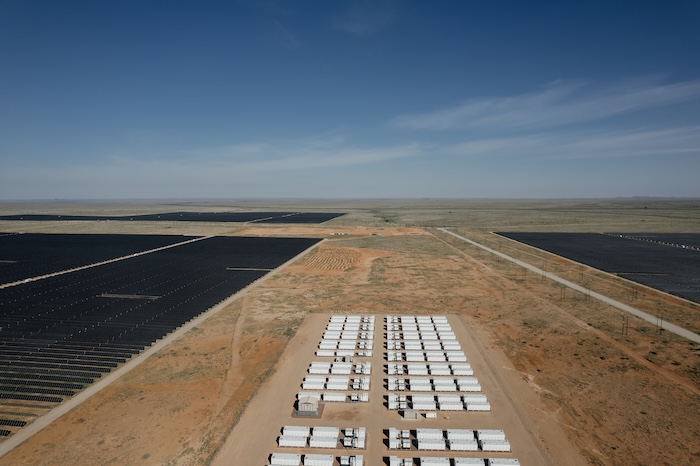Running Clean Energy Smarter: Technical asset management platforms are enabling the hybrid transition
As utility-scale hybrid solar and battery energy storage projects become standard across North America, operators are facing increasing complexity. These systems are no longer passive generators, but dynamic assets that must respond in real time to grid signals, weather changes, and component degradation.
Independent power producers (IPPs) and utilities are under pressure to extract more value from each megawatt, often with fewer resources, tighter margins, and rising performance expectations. Recent federal legislation has accelerated project development, further stretching operational teams tasked with managing more assets across larger geographies.

In this environment, reactive maintenance and spreadsheet-based reporting are no longer sufficient. A new generation of Technical Asset Management (TAM) platforms are emerging to meet the challenge, offering the visibility and coordination required to operate smarter at scale.
From fragmented data to unified visibility
Traditionally, operational data from SCADA systems, maintenance tools, forecasting models, and financial reports existed in silos. This fragmentation slowed decision-making and masked early warnings of potential issues.
TAM platforms address this challenge by consolidating real-time and historical data into a single interface. By harmonizing inputs across systems, such as inverter performance, weather conditions, and work orders, teams gain a unified, actionable view of their assets. This integrated approach improves coordination, enables automation, and eliminates blind spots. Instead of relying on retrospective analysis, asset managers gain real-time visibility into system health, allowing for quicker interventions and more confident decisions.
Why hybrid portfolios need TAM
Managing hybrid portfolios, spanning solar, storage, and sometimes wind, demands a cross-functional, data-driven strategy. A malfunction in one subsystem can undermine the output or reliability of the entire site.
TAM platforms enable centralized monitoring across multiple asset types. Predictive tools can identify inverter anomalies, module degradation, or battery thermal issues before they escalate. Early detection reduces truck rolls, minimizes downtime, and extends asset life.
In addition, these platforms allow for automated reporting, fleet-wide benchmarking, and scenario-based forecasting. Operations teams can triage interventions by location, severity, or service agreement terms, ensuring maximum return from limited field resources.
What success looks like in practice
One utility-scale hybrid project in Southern Africa illustrates the impact of this approach. The plant, which combines solar PV and battery storage to deliver dispatchable power to the grid, faced operational hurdles due to its hybrid setup, geographic isolation, and the need for consistent uptime.

Using a centralized TAM solution, the site achieved:
- Rapid response: Over 95 percent of critical events were identified and resolved within 10 minutes, often before on-site staff were aware.
- Reduced headcount: Field personnel were minimized without compromising performance, relying on remote diagnostics and real-time dashboards.
- Smarter monitoring: Custom KPIs helped operators focus only on anomalies, cutting noise and improving decision speed.
- Higher availability: Coordinated maintenance activities based on system status boosted energy yield and compliance.
These results highlight how digital infrastructure empowers leaner operations and stronger outcomes, even in remote or resource-constrained environments.
AI and the future of TAM
Artificial intelligence is emerging as the next key enabler of asset management at scale. For operators managing complex fleets, AI doesn’t just automate tasks; it provides predictive insights, intelligent dispatching, and risk-based prioritization.
However, AI depends on clean, consistent data. Disparate naming conventions, missing inputs, or misaligned formats can degrade model performance. When fed quality data, AI tools can accelerate anomaly detection, generate automated root-cause analysis, and recommend maintenance actions before failures occur.
This shift toward condition-based maintenance, fueled by real-time insights, means fewer truck rolls, higher uptime, and better contract performance.
Final thoughts
The Southern Africa hybrid project demonstrates a growing reality: clean energy operations require more than clean energy assets; they require clean data and digital coordination.
As the market transitions from construction to long-term operations, asset owners must embrace smart infrastructure. TAM platforms offer a path to streamline workflows, unify insights, and manage hybrid complexity with agility and confidence.
In an era defined by scale, speed, and sustainability, it’s not just about generating energy; it’s about running clean energy smarter.
Karthik Yenduru is a Technical Sales Manager at TGS Solar, where he supports the deployment of advanced data and monitoring solutions for utility-scale solar and storage assets. With over a decade of experience in system integration, asset management, and SaaS platforms, he helps operators optimize performance through real-time analytics and predictive maintenance. Karthik is a regular contributor to industry discourse on digitalization, cybersecurity, and intelligent operations, and plays an active role in advancing scalable, data-driven O&M strategies across clean energy portfolios.
TGS Solar | www.tgs.com
Author: Karthik Yenduru
Volume: 2025 September/October









.png?r=7724)


